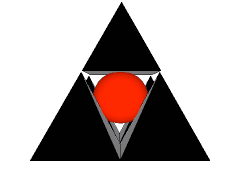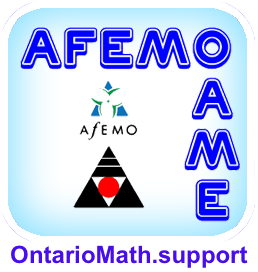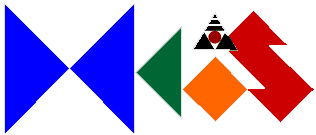President's Message - March 2016
President's Message
TIM SIBBALD
tim.sibbald@oame.on.ca
I would like to acknowledge that the Gazette and Abacus have won the NCTM Affiliate Recognition of Outstanding Publication Award. This reflects the hard work of our editors: Dan Jarvis, Mary Lou Kestell, and Kathy Kubota-Zarivnij. It speaks to the quality of editorial work that they do. It also acknowledges the work of the behind-the-scenes production team, the reviewers of articles, and the ongoing supply of articles that our membership provides. The Gazette and Abacus are a cornerstone of our organization and it is wonderful that they have been acknowledged with this award.
Recently I read a pair of books that juxtaposed two sides of education. The spirited, intriguing side of mathematics is brought to light in Siobhan Roberts' latest book (Roberts, 2015). For me, personally, this was a chance to reminisce about many mathematical topics that arose in my formative years. I had not been aware of the close ties between Conway and Martin Gardner (who wrote a regular column in Scientific American that is well worth seeking out). Nor was I aware that Conway's "Game of Life" led to Wolfram and his associates devising a "game" in the same style, called Rule-110. These are not games in the usual sense, and are better thought of as a geometric starting point and iterative rules to make the next geometric pattern in the sequence. What I found intriguing about the Game of Life, in my youth, was the vast variety of behaviours that can arise. It always seemed to have a biological or ecological flavour as patterns evolved. Roberts' writing allowed me to revisit this and see how Rule-110 was proved to be a universal computer-it can be set up to perform a calculation through iteration.
The Collatz Conjecture Pick a number and use it to begin a sequence where: Rule 1. If the current value (N) is odd, the next value is 3N+1. Rule 2. If the current value (N) is even, the next value is N/2. Example: 23, 70, 35, 106, 53,... The conjecture is that regardless of the number you pick, the sequence will reach one.
I could go on about Roberts' latest book because there is such a rich vein of mathematics in which Conway was involved, such as the discoveries of sporadic groups with mind-boggling sizes, not to mention Conway's questioning whether the Collatz conjecture is solvable. Suffice it to say that the book is very readable and filled with nuggets.
On the challenging side of education issues, Charlie Angus' latest book (Angus, 2015) provides insight into the issues that Attawapiskat has faced, with an emphasis on the last decade. While this book does not specifically deal with mathematics education, it does address the fundamental need for quality and stability as a foundation for effective education programs. While Charlie Angus is a political figure, the book is overwhelming in terms of evidence that exceeds simple political rhetoric. It is an interesting read because it challenges the assumption that we have equitable, or near equitable, education in the province. There is also a brief mention of EQAO data that adds clear evidence of inequity because it is disingenuous to consider anything less than an equitable desire of all parents to want the best for their children. Overall, the book points to a very clear aspect of education that one could use to examine social justice within our province. In this respect, the book opens the door on an opportunity to develop some math topics with an Ontariobased social-justice theme.
It is that time of year, when chapters are running OMO events for Grade 8 students. This contest holds a distinction in my mind for being principled on gender equity and development of teamwork in mathematics. The efforts of all involved are to be applauded because of the larger message that the event carries. That is not to diminish other competitions, but it is to acknowledge that the OAME has embedded its own principles in the approach. This is also the last Gazette edition before the annual conference, "Leap Into Math," which is being organized by MAC2 in Barrie. I would like to wish the organizers every success and encourage members to check the details at www.oame2016.ca.
References Angus, C. (2015). Children of the broken treaty: Canada's lost promise and one girl's dream. Regina, SK: University of Regina Press. Roberts, S. (2015). Genius at play: The curious mind of John Horton Conway. New York, NY: Bloomsbury Publishing.
Previous Message:
Let's Nominate
Next Message:
President's Message June 2016


















 Like us on FaceBook
Like us on FaceBook